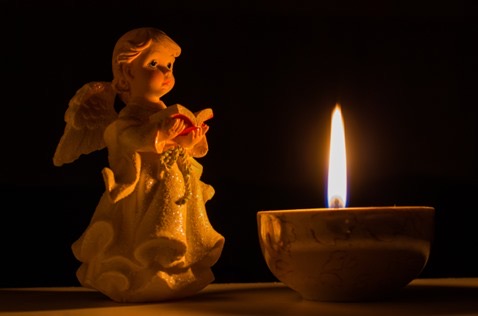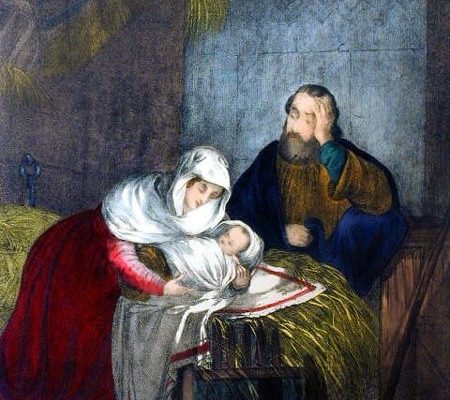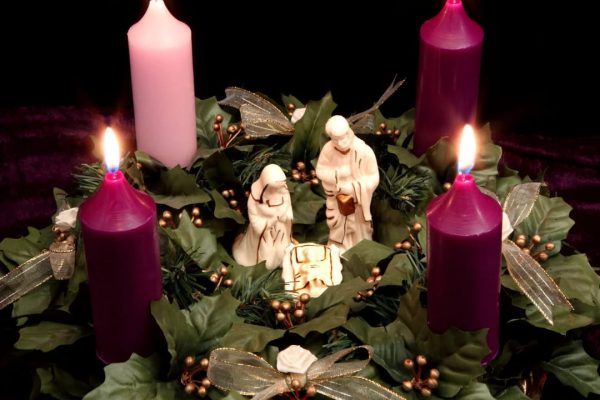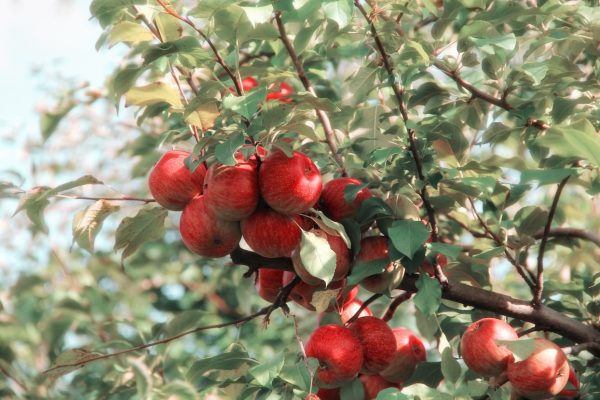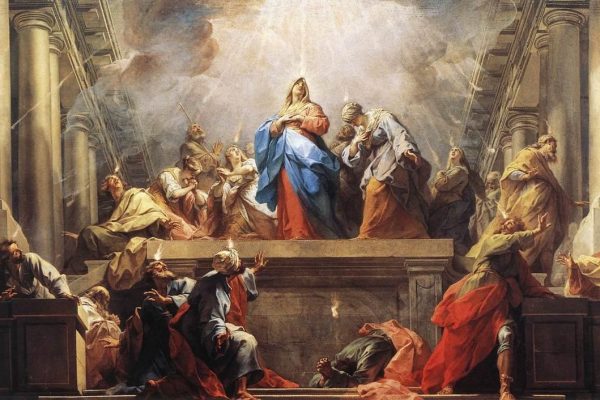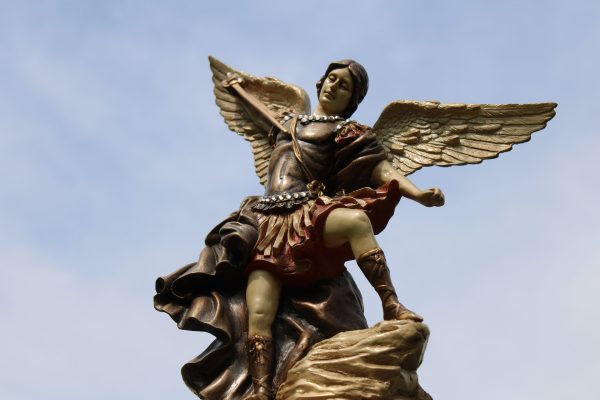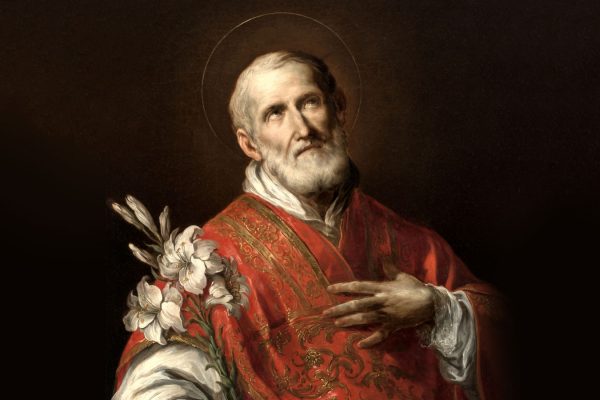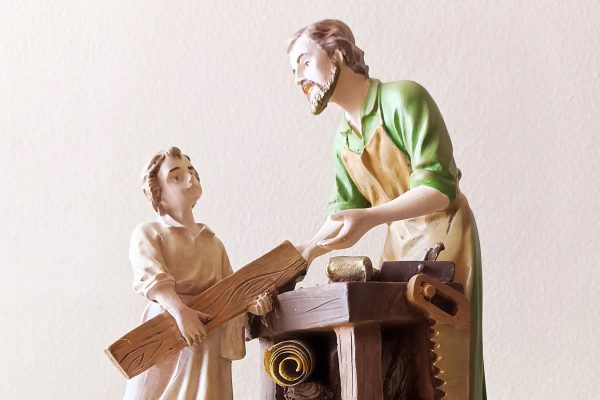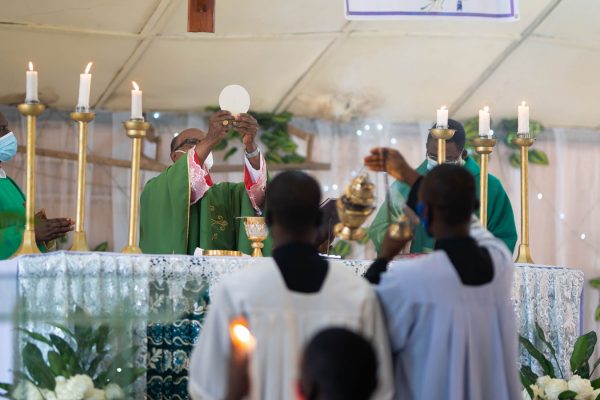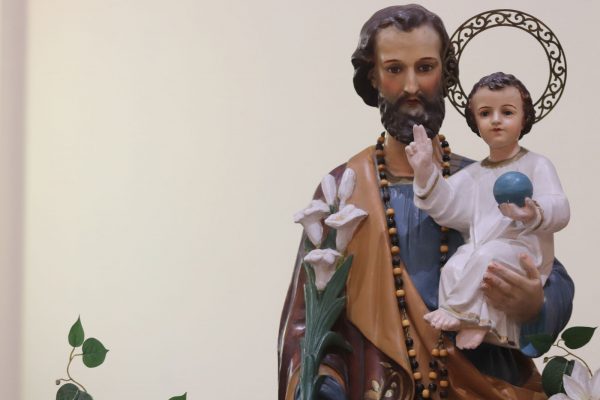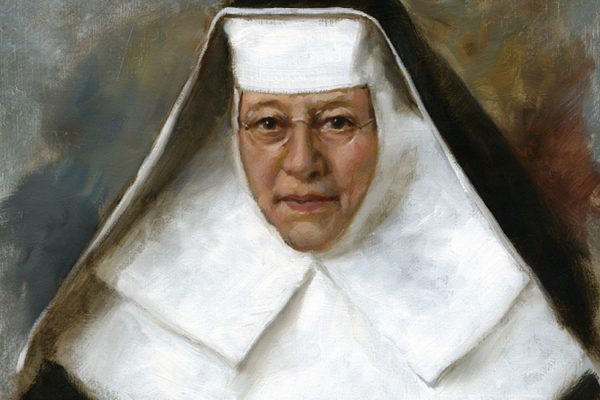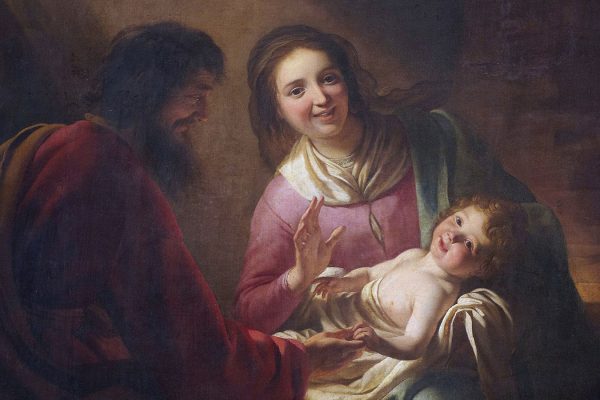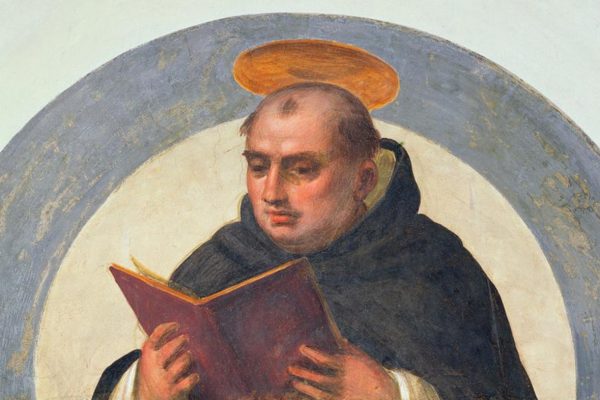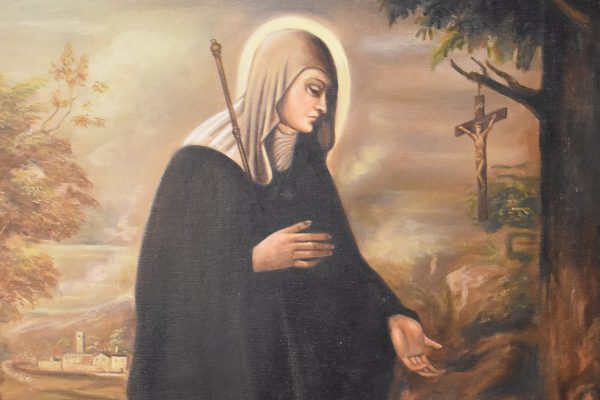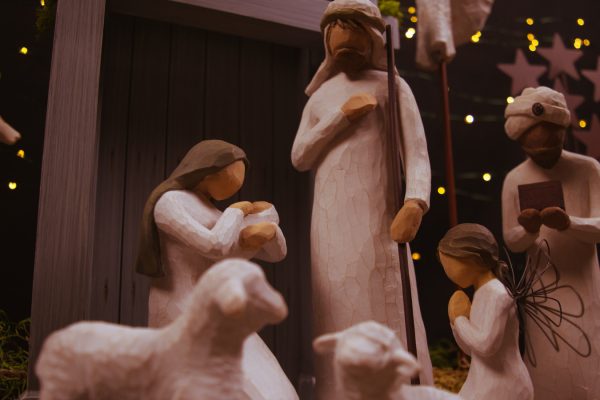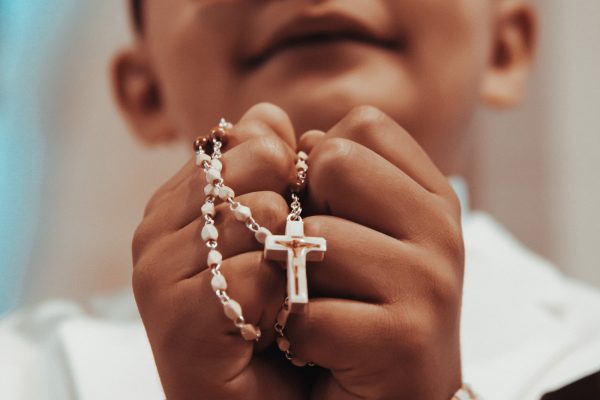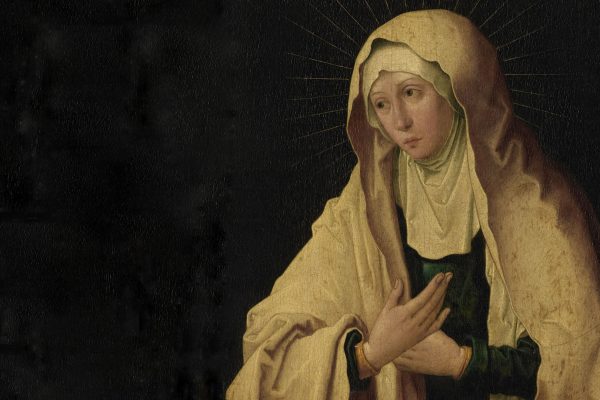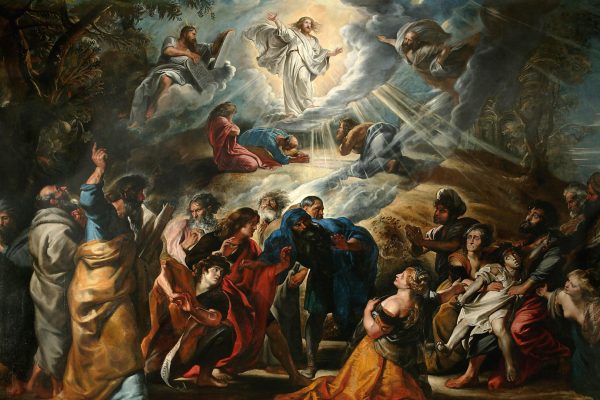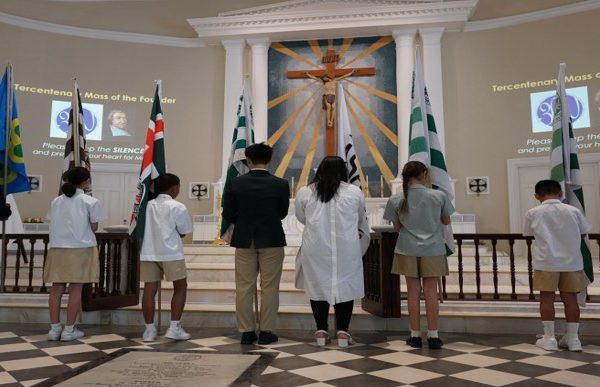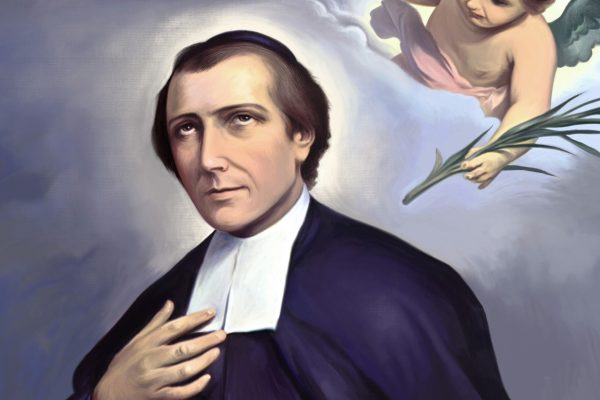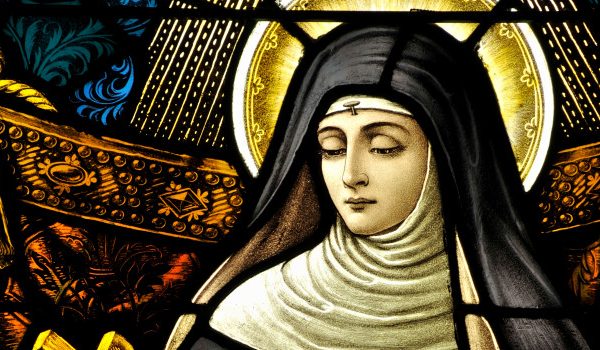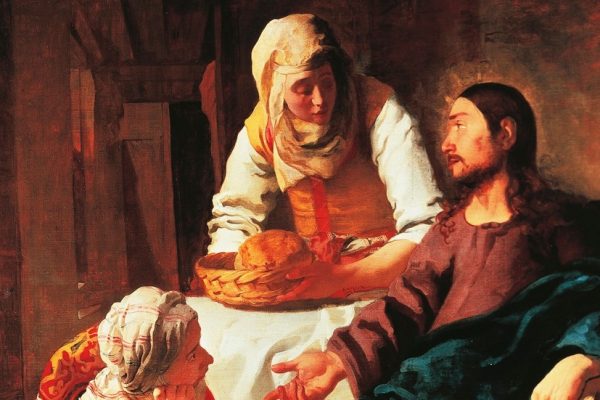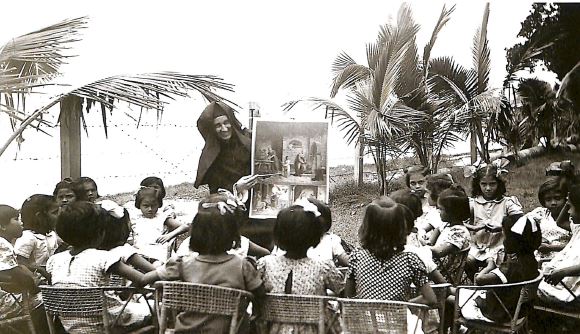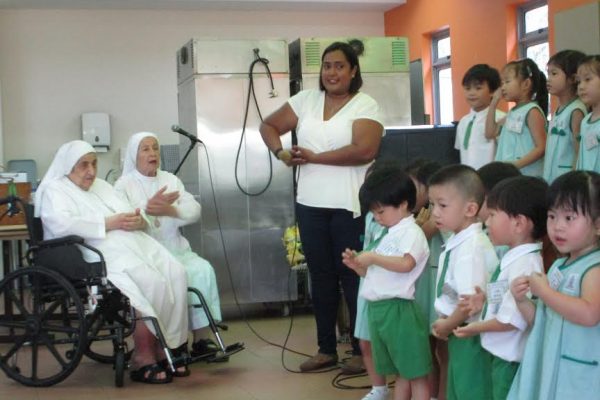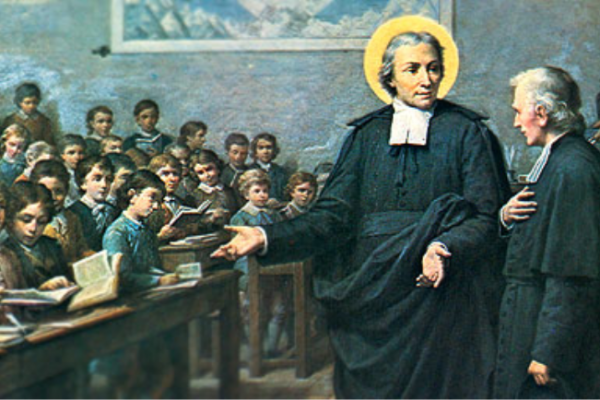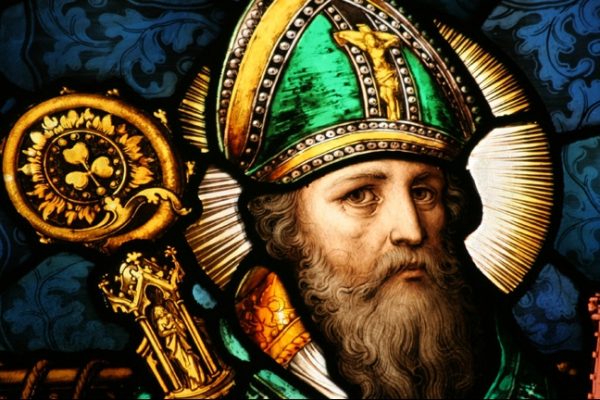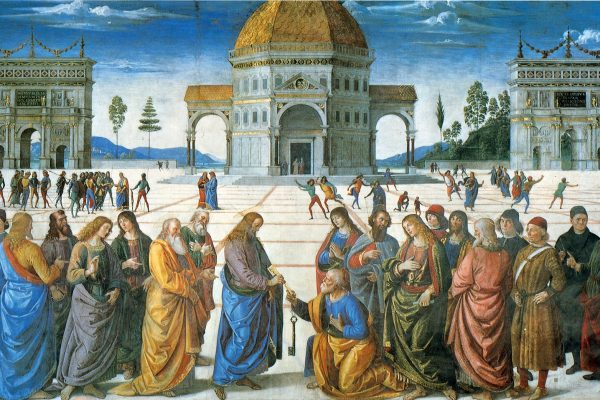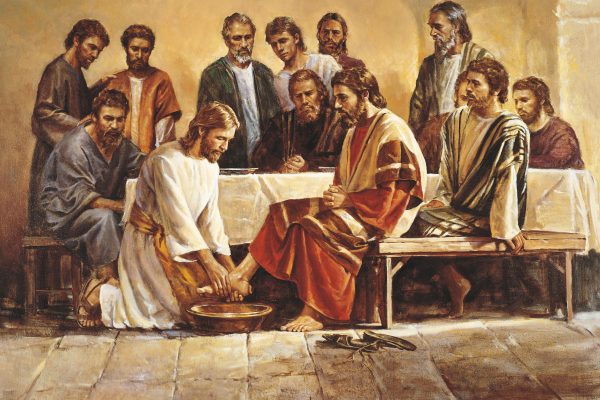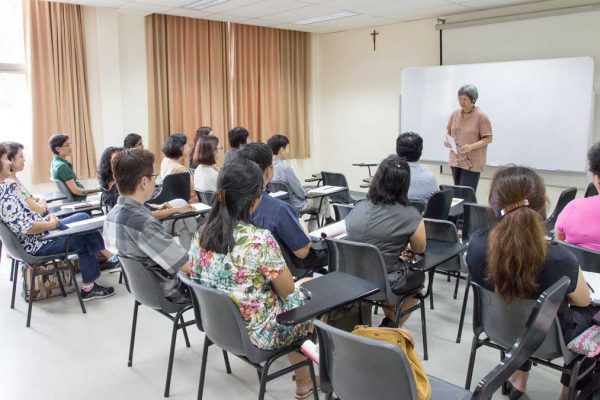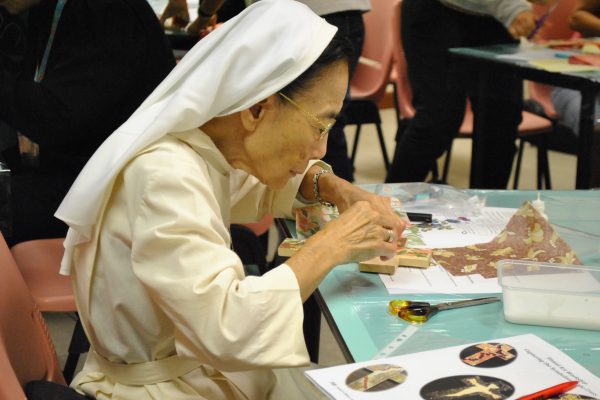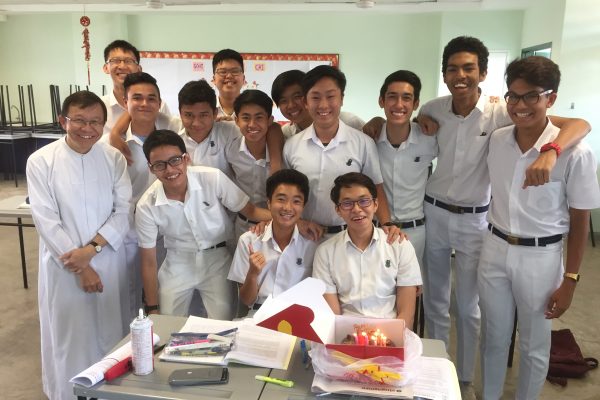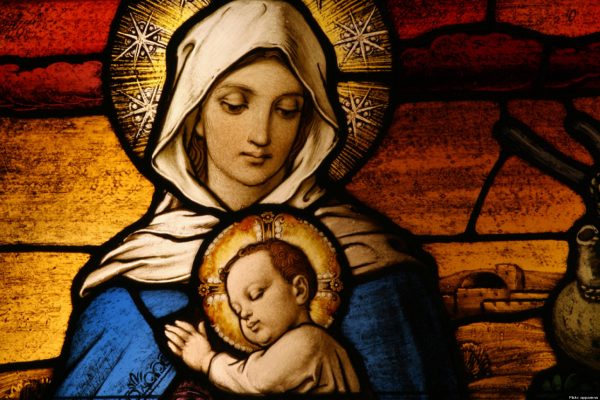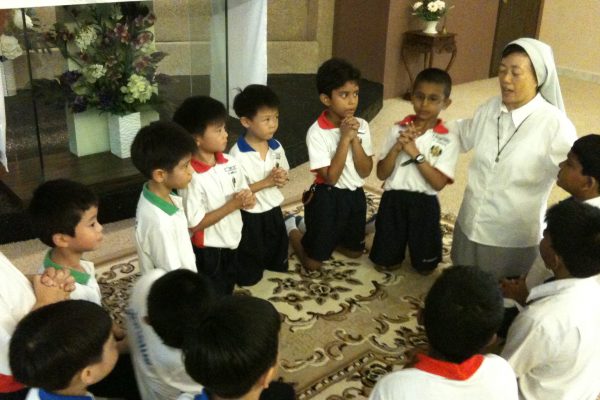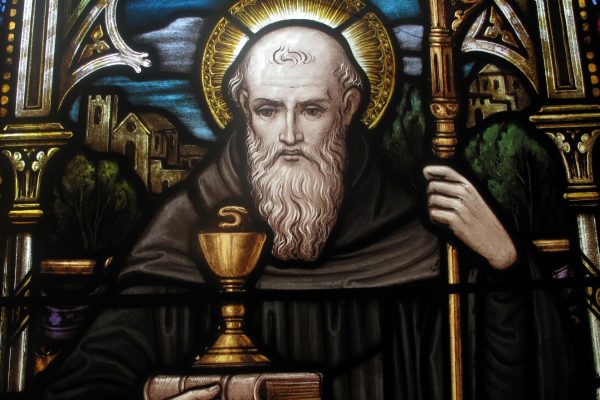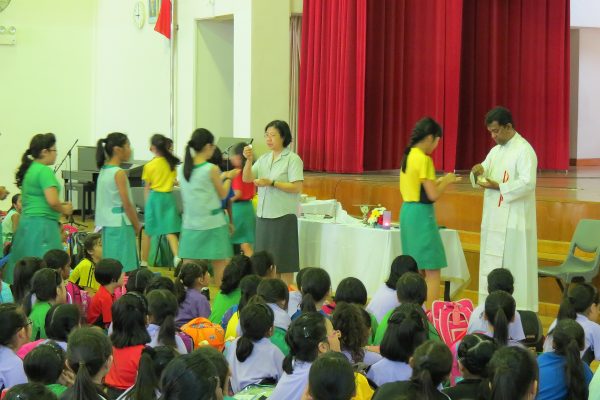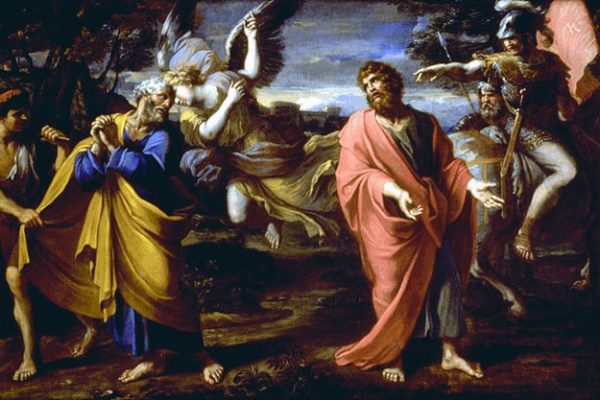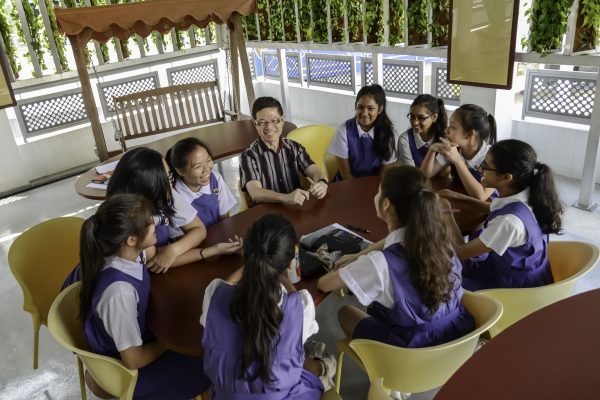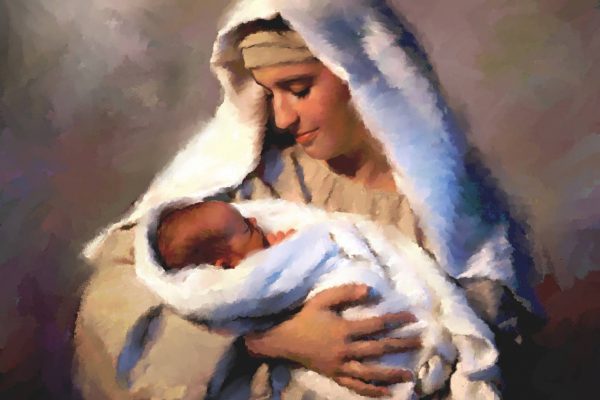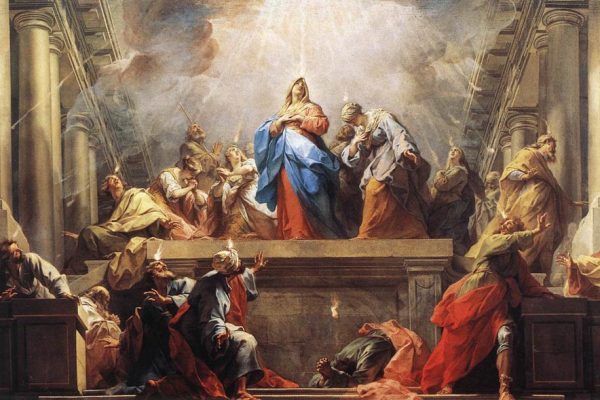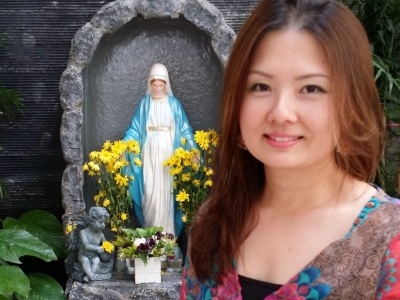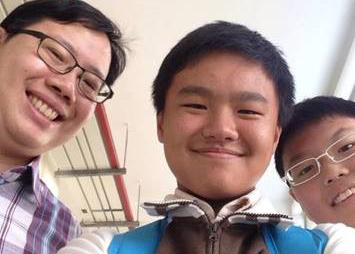
Catholic schools: seedbeds for saints-next-door
Catholic educator SYLVIA CHUA reflects on how Catholic schools can become fertile seedbeds, nurturing the saints of today and tomorrow.
“A good school provides a rounded education for the whole person and a good Catholic school, over and above all this, should help all of its students to become saints.” (Pope Benedict XVI, The Holy See’s Teaching on Catholic Schools)
…
What distinguishes a Catholic mission school from other schools – all of which seek to nurture students to be good people and develop them holistically?
It is this – Catholic schools and Catholic educators, even in non-Catholic schools, have the responsibility to nurture saints – holy men and women of God.
Here are some ways some Catholic schools have done so, based on the seven characteristics of saints suggested by Franciscan Media, a faith formation ministry of the Franciscan Friars of St John the Baptist Province in the United States of America.
Saints are filled with God’s love
Every person is created in the image and likeness of God. We must discover our identity as children of God before we can learn to love and be loved by our heavenly Father. Catholic schools endeavour to create a culture of love for God and His creation. When teachers love their students unconditionally and persist in reaching out to the most difficult child, our students come to know this love of God.
Saints love others
We help our students learn to be persons for others, to help the disadvantaged, and to always have a preferential option for the poor. At CHIJ St Theresa’s Convent (STC), our Values In Action activities go beyond just fulfilling time volunteering at a home or holding out a can for a small donation. STC helps students understand the people they are helping, and the difficulties they experience, so they learn how to show empathy and kindness to them, following in the footsteps of Jesus our Good Shepherd.
Saints are risk-takers
As Catholic educators, we must challenge our students to make a difference – to do more than what they are comfortable with. At STC, the Secondary 3 girls go beyond watching videos about poverty – they spend a week living on a sum of money that the poor have to live with. Their reflections after this experience not only show a deeper understanding of what it means to be poor, but also a greater appreciation of the blessings in their lives.
Saints are humble
The term ‘quiet confidence’ comes to mind. Humility is a difficult virtue to nurture – we want our students to realise their God-given talents and gifts, and at the same time, remember that they cannot bear fruit unless they remain in God’ (John 15:4-5). When teachers lead the way by being honest and humble in admitting their mistakes, students will learn to do the same.
Saints are people of prayer
In our Catholic schools, prayers and Masses are an integral part of the Catholic ethos. In this way, praying for one another comes naturally, even for the non-Catholics. When I told my Muslim colleagues that I was going on hospitalisation leave, the first thing they said was that they would pray for me.
Saints are not perfect
Saints were not holy all the time; some lived very sinful lives before their encounter with the Lord. Saint Augustine was highly intellectual but led a dissolute life and did not believe in Christ. His mother, Saint Monica, prayed fervently for years for his conversion. One day, he was inspired by the Holy Spirit to change his life. He was baptised, ordained as a priest, and later became a bishop and one of the greatest theologians of the Church. Although our students are not perfect, we encourage them to give their best in everything they do, depend on God for strength, and emulate St Therese of Lisieux in doing small things with great love and showing gratitude for God’s graces and blessings.
Saints are people of their times
While we remind our students of how the founders of our mission schools helped the disadvantaged of their time, we must also equip our students to face current realities. In the past, the founding Infant Jesus Sisters taught their students skills such as sewing and cooking so that they could make a living for themselves at that time. Today, we teach our students to seek and speak the truth, especially in their use of social media. In these challenging times, we can only pray that our students exercise discernment and demonstrate the values we teach.
Despite being God-loving, others-centred, humble, and imperfect risk-takers who read the signs of the time, not everyone is destined for canonisation by the pope. Yet, the Holy Father calls us all to be “saints-next-door.”
“Very often it is a holiness found in our next-door neighbours, those who, living in our midst, reflect God’s presence. We might call them the middle class of holiness.” (Pope Francis, Gaudete et Exultate 6)
As Catholic educators, we pray that Catholic schools will be fertile seedbeds of “middle-class holiness”, yielding an abundant harvest of saints-next-door.
Ms Sylvia Chua was educated at Canossa Convent Primary, St Anthony’s Canossian Secondary, and Catholic Junior College. A parishioner of the Church of Our Lady Star of the Sea, she is the Religious Education Coordinator of CHIJ St Theresa’s Convent, and has been a Catholic educator for 27 years.
Credits:
Sylvia Chua
https://catholicnews.sg/2023/09/17/catholic-schools-seedbeds-for-saints-next-door/?fbclid=IwAR2rEsb0wtdU0v9ON7DncLJlj_fu0CwFlIF9ffzF2d3K6HirIZpQ04yacdY


